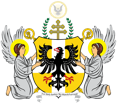European Heritage Site Programme
-

The European Heritage Site Programme's main commitment is to recognise and acknowledge Europe's diverse cultural and natural heritage sites, and to protect European landscapes which possess relevant cultural, natural or historical interests, as stated by the European Heritage Site Act 2010. After months of inactivity on the matter, the European Union needs a strong, solid cultural programme which can bring the European Union together and allow the Europeans to know more about those sites in every country.
European Heritage Site List
- Bourgeon Palace, Montague, Montenbourg.
- Battle of Geaqi Battlefield & Memorial Site, Geaqi, Diamond Heart, Leagio.
- Vatican City, The Holy See
- Saint Dominico's Basilica, Saint Dominico, Inquista.
- Sitio de los Dólmenes de Antequera, Antequera, Spain.
-
October 2020 Applications
Applications to enter the European Heritage Site Programme are now open, and will close on October 22nd 2020, 19:00 GMT. For these applications , you must know some requirements and the criteria that your site must meet to enter this programme:
Cultural or Historical Site:
I. Represents a masterpiece of human creative genius.
II. Bears a unique or exceptional testimony to a cultural tradition or to a civilization which is living or which has disappeared.
III. Is an outstanding example of a type of building, architectural, or technological ensemble or landscape which illustrates a significant stage in human history.
IV Is an outstanding example of a traditional human settlement, land-use, or sea-use which is representative of a culture, or human interaction with the environment especially when it has become vulnerable under the impact of irreversible change.
V. Is directly or tangibly associated with events or living traditions, with ideas, or with beliefs, with artistic and literary works of outstanding universal significance.
VI. Holds a relevant paper in an important or decisive event in human history.Natural Site:
I. Contains superlative natural phenomena or areas of exceptional natural beauty and aesthetic importance.
II. Is an outstanding example representing significant on-going ecological and biological processes in the evolution and development of terrestrial, fresh water, coastal and marine ecosystems, and communities of plants and animals.
III. Contains the most important and significant natural habitats for in-situ conservation of biological diversity, including those containing threatened species of outstanding universal value from the point of view of science or conservation.
Application Form
Nation Full Name (Short Name in Bold): Plot: Culture Minister Name: Culture Minister Surname(s): Culture Minister's Picture: Applying Heritage Site: Natural, Cultural or Historical Site (Choose one): Location: Photo: Reasons Why It Should Enter the EHSP: Managed By: Is it Private-owned or State-owned?: Does the site, in your opinion, meet the requirements?:Jean-Claude Juncker
Internal Affairs Commissioner -
Nation Full Name (Short Name in Bold): The Kingdom of Montenbourg
Plot:
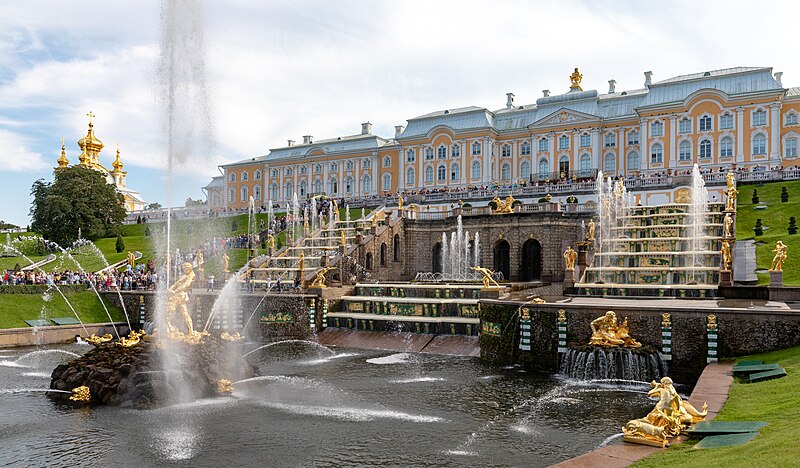
George III bought Bourgeon House in 1761 for his wife Queen Carlotta I to use as a comfortable family home close to Monten Palace, where many court functions were held. Bourgeon House became known as the Carlotta's House, and 14 of George III's 15 children were born there.

George IV, on his accession in 1820, decided to reconstruct the house into a pied-à-terre, using it for the same purpose as his father George III. As work progressed, and as late as the end of 1826, The King had a change of heart. With the assistance of his architect, John Nash, he set about transforming the house into a palace. Parliament agreed to a budget of 150,000, but the King pressed for 450,000 Monten Pounds as a more realistic figure.Nash retained the main block but doubled its size by adding a new suite of rooms on the garden side facing west. Faced with mellow Bath stone, the external style reflected the French neo-classical influence favoured by George IV.
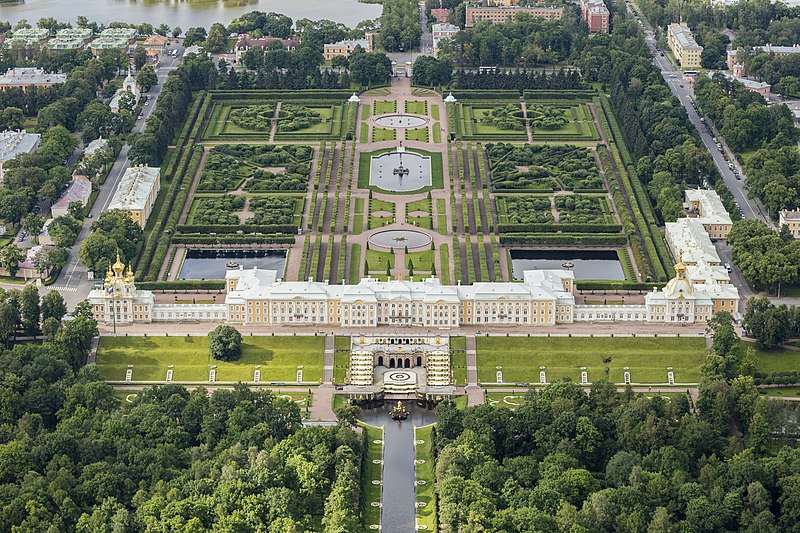
By 1829 the costs had escalated to nearly half a million pounds. Nash's extravagance cost him his job, and on the death of George IV in 1830, his younger brother William IV took on Edward Blore to finish the work. The King never moved into the Palace. Indeed, when the Houses of Parliament were destroyed by fire in 1834, the King offered the Palace as a new home for Parliament, but the offer was declined.

Queen Enriquette was the first sovereign to take up residence in July 1901 and in June 1902 she was the first Montenbourg sovereign to leave from Bourgeon Palace for a Coronation. In 1913 the decision was taken to reface the façade. Sir Aston Waldorf, with a number of large public buildings to his credit, was commissioned to create a new design. Waldorf chose Oak Stone, which took 12 months to prepare before building work could begin.

When work did start it took 13 weeks to complete the refacing, a process that included removing the old stonework. The present forecourt of the Palace, where Changing the Guard takes place, was formed in 1917, as part of the Enriquette Memorial scheme. The gates and railings were also completed in 1918; the North-Centre Gate is now the everyday entrance to the Palace, whilst the Central Gate is used for State occasions and the departure of the guard after Changing the Guard. The work was completed just before the outbreak of the First Civil War in 1937. The offices of those who support the day-to-day activities and duties of The Queen and their immediate family, such as the Private Secretary’s Office and the Privy Purse and Treasurer’s Office are located at Bourgeon Palace.

The Bourgeon Palace is open to the public during the summer months and for a limited number of tours in December, January and at Easter each year
Culture Minister Name: Dame Helen Mironoff
Culture Minister Surname(s): Hon. Minister Dame Helen Mironoff
Applying Heritage Site: The Bourgeon Palace
Natural, Cultural or Historical Site (Choose one): Cultural
Location: Montague, Montenbourg
Reasons Why It Should Enter the EHSP: It's symbolic value and the role they have played in the Montenbourgian history and the activities the Palace offer that bring the European Union and its citizens closer together.
Managed By: The Crown Estate
Is it Private-owned or State-owned?: State-Owned
Does the site, in your opinion, meet the requirements?: Yes -
Nation Full Name (Short Name in Bold): Commonwealth of Leagio
Plot:
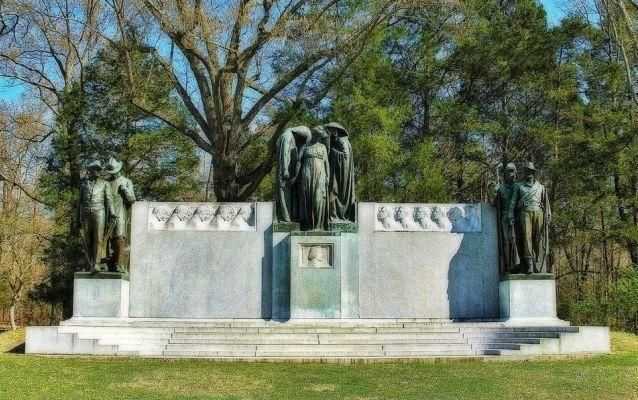
Culture Minister Name: Pina Co Lada
Culture Minister Surname(s): Minister Pina Co LadaApplying Heritage Site: Battle of Geaqi Battlefield & Memorial Site
Natural, Cultural or Historical Site (Choose one): Historical
Location: Geaqi, Diamond Heart, Leagio
Reasons Why It Should Enter the EHSP: It marks the turning point and the end of the Leagioan War of Independence, because the Leagioan Revolutionary Army under Jean Huttson managed to outflank and surround the opprevisive army of the mother country forcing the government of the mother country to give Leagio it's independence as the war was too costly to continue. The site is a memorial to those that gave their lives in the Commonwealth's fight for independence and is a symbol of the principles that the Commonwealth was founded upon.
Managed By: Ministry of Cultural Affairs
Is it Private-owned or State-owned?: State-owned
Does the site, in your opinion, meet the requirements?: yes -
Nation Full Name (Short Name in Bold): The State of Vatican City
Plot: VCulture Ministry Name: Equivalent to either the Secretary of the Office for Tourism or the Secretary of the Office for Architecture
Culture Minister Name: TBA
Culture Minister's Picture: TBAApplying Heritage Site: (the entire country)
Natural, Cultural or Historical Site (Choose one): Cultural
Location: (ofc this is obvious)
Photo: St. Peter's Basilica
Reasons Why It Should Enter the EHSP: The Vatican City had been the heart of the Catholic Church hundreds of years ago. Architecture in the area had been well preserved and the artworks of some of the greatest artists known are still in good condition within the state.
Managed By: The Holy See, The Governorate of Vatican City
Is it Private-owned or State-owned?: (it's the entire country lol)
Does the site, in your opinion, meet the requirements?: Yes -
Nation Full Name (Short Name in Bold): The Most Blessed State of Inquista
Plot: 25Culture Minister Name: Bishop Secretary Julian Nolan
Culture Minister Surname(s): Bishop Secretary Nolan
Culture Minister's Picture: LINKApplying Heritage Site: Saint Dominico's Basilica
Natural, Cultural or Historical Site (Choose one): Cultural
Location: Saint Dominico, Inquista
Photo: LINK
Reasons Why It Should Enter the EHSP: Saint Dominico’s Basilica serves as the basilica of the Inquistan Archbishop and it is considered one of the most sacred landmarks of the Inquistan Orthodox Church. The site of the basilica is said to be the burial site of Saint Dominico himself. Construction of the basilica began in 994 by the orders of Doge Giorgio. The basilica was completed in 1092, almost 100 years after construction began.
Managed By: The Estate of the Archbishop of the Inquistan Orthodox Church
Is it Private-owned or State-owned?: State-owned
Does the site, in your opinion, meet the requirements?: Yes -
Nation Full Name (Short Name in Bold): The Kingdom of Spain
Plot: 42Culture Minister Name: María Soledad
Culture Minister Surname(s): Cruz Guzmán
Culture Minister's Picture: LINKApplying Heritage Site: Sitio de los Dólmenes de Antequera
Natural, Cultural or Historical Site (Choose one): Historical
Location: Antequera
Photo: Click!
Reasons Why It Should Enter the EHSP: The Antequera Dolmens (specially Menga) have a different orientation to the other dolmens in Europe. Moreover, el Torcal has peculiar stones and La Peña de los Enamorados have one of the oldest prehistoric paints in Spain.
Managed By: Autonomous Government of Antequera
Is it Private-owned or State-owned?: Autonomy-owned
Does the site, in your opinion, meet the requirements?: Yes -

I would like to welcome the following applying sites to the European Heritage Site Programme:
- Bourgeon Palace, Montague, Montenbourg.
- Battle of Geaqi Battlefield & Memorial Site, Geaqi, Diamond Heart, Leagio.
- Vatican City, The Holy See
- Saint Dominico's Basilica, Saint Dominico, Inquista.
- Sitio de los Dólmenes de Antequera, Antequera, Spain.
Congratulations to the Culture Ministers which country's applications were successful, and my warm welcome to the big family of the European Heritage Site Programme.
Jean-Claude Juncker
Commissioner for Internal Affairs -
[OOC: Please correct is Bourgeon Palace, not house. :)]
-
Nation Full Name (Short Name in Bold): Realm of Great Ruthund
Plot: 3Culture Minister: Councilor Forlukaz Halfredtukur
Applying Heritage Site: Grand Temple of the Eternal Flame (Romrenoz: Mekolqon Oiwenfenaiz)
Natural, Cultural or Historical Site (Choose one): Cultural Site
Location: Silver Quarter, Old City, City of Kazmurbirha, Ruthund
Photo:
Reasons Why It Should Enter the EHSP: It is the holiest site in the Zdadrin faith, the dominant faith in Ruthund, and is one of the defining cultural sites within Ruthund. The cultural site to this day still plays an important role in religious and cultural activities, such the hosting site of the year year flame. The Temple also holds the resting place of most of the Monarchs of Ruthund since King Halazdhannaz.
Managed By: The Zdadrin Grand Temple in coordination of the City of Kazmurbirha.
Is it Private-owned or State-owned?: State-owned
Does the site, in your opinion, meet the requirements?: Yes. -
Pinned by
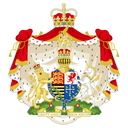 Kingdom of Reitzmag
Kingdom of Reitzmag
-
Per the request of the Ministry of Culture of Ineland, applications to this programme are opened until 23:59 GMT on 25 April 2022. The criteria are as follows, as well as the form; unchanged from the previous application period:
Cultural or Historical Site:
I. Represents a masterpiece of human creative genius.
II. Bears a unique or exceptional testimony to a cultural tradition or to a civilization which is living or which has disappeared.
III. Is an outstanding example of a type of building, architectural, or technological ensemble or landscape which illustrates a significant stage in human history.
IV Is an outstanding example of a traditional human settlement, land-use, or sea-use which is representative of a culture, or human interaction with the environment especially when it has become vulnerable under the impact of irreversible change.
V. Is directly or tangibly associated with events or living traditions, with ideas, or with beliefs, with artistic and literary works of outstanding universal significance.
VI. Holds a relevant paper in an important or decisive event in human history.Natural Site:
I. Contains superlative natural phenomena or areas of exceptional natural beauty and aesthetic importance.
II. Is an outstanding example representing significant on-going ecological and biological processes in the evolution and development of terrestrial, fresh water, coastal and marine ecosystems, and communities of plants and animals.
III. Contains the most important and significant natural habitats for in-situ conservation of biological diversity, including those containing threatened species of outstanding universal value from the point of view of science or conservation.
Application Form
Nation Full Name (Short Name in Bold): Plot: Culture Minister Name: Culture Minister Surname(s): Applying Heritage Site: Natural, Cultural or Historical Site (Choose one): Location: Photo: Reasons Why It Should Enter the EHSP: Managed By: Is it Private-owned or State-owned?: Does the site, in your opinion, meet the requirements?:Ilmaras Kalessed
Internal Affairs Commissioner -
Nation Name: Gallorum
Plot: 11
Culture minister name: Francois Fillon
Applying site: Palais Valiant
State and Private owned
Managed by: The Orleans estate
Yes to requirements -
Nation Full Name (Short Name in Bold):
Plot:Culture Minister Name:Leonard Hudson
Culture Minister Surname(s):HudsonApplying Heritage Site:Cair Paravel
Natural, Cultural or Historical Site (Choose one):Historical and Cultural
Location:Cair Para
Photo: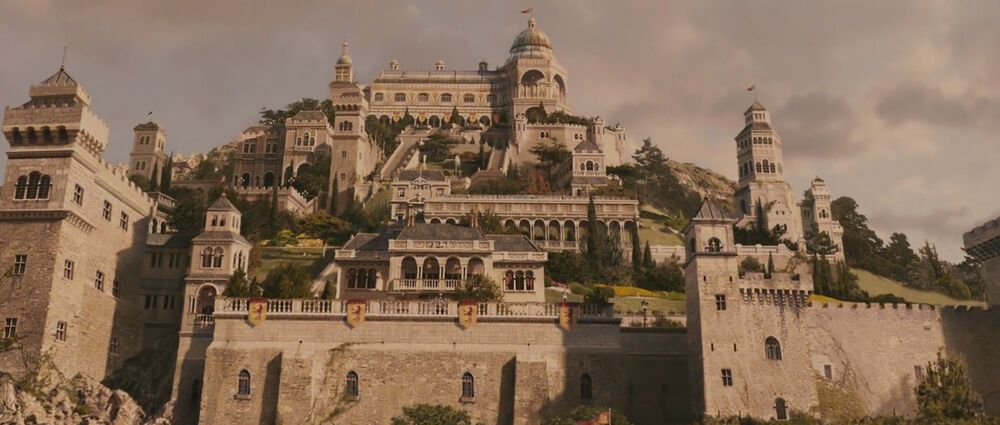
Reasons Why It Should Enter the EHSP:Over its 900+ year history the Castle has played host to most of the major events of the Duchies and particuarly Cair Paras history and been marveled at for its grand architechure and wonder. The Castle was host to signing of the formation of the Duchies and has served as the parliament with the Imperial Senate and House of Duchies being hosted. It also has hosted all coronations of the High Dukes and held many religious events in its history. It is a symbol of the city dominating the city and plays host to the government as well as a gallery on the history of the democracy of the country and parliament.
Managed By:Government of United Duchies
Is it Private-owned or State-owned?:State Owned
Does the site, in your opinion, meet the requirements?:Yes -
Nation Full Name (Short Name in Bold): United Principalities of Ineland
Plot: 10
Culture Minister Name: Sophie
Culture Minister Surname(s): JACOBY
Applying Heritage Site: Parc national du forêt de Casogne (Casogne Forest National Park)
Natural, Cultural or Historical Site (Choose one): Natural Site
Location: Margraviate of Casogne, Côte Carniellaise region
Reasons Why It Should Enter the EHSP: Casogne Forest is the last remaining part of the large primeval forest that covered most of current-day Ineland for millennia. This forest is home to a wide variety of endemic species that are long gone in the rest of the country such as the bison, the wooly Casogne hare and the Carniellaise ibex. It was designated a national park in 1936, having remained so ever since. Tight regulatory control has allowed for the forest to remain free of farming and industrial activity.
Managed By: Federal Agency for the Management of Natural and Heritage Areas (AGeNeM, Agence pour la Géstion des espaces Naturels et de Memoire)
Is it Private-owned or State-owned?: State-owned
Does the site, in your opinion, meet the requirements?: Yes, it fullfils criteria 1, 2 and 3 for natural site designation.
-
The following sites are added to the European Heritage Site Programme:
- Grand Temple of the Eternal Flame, Kazmurbirha, Ruthund
- Cair Paravel, Cair Para, United Duchies
- Parc national du forêt de Casogne, Margraviate of Casogne, Côte Carniellaise region, Ineland
Ilmaras Kalessed
Internal Affairs Commissioner -
As the United Duchies government we would like to ask why applications are taking so long. This sort of inefficiency is holding up the unleashing of the power of the union.
 The Kingdom of Spain
The Kingdom of Spain